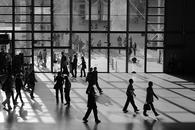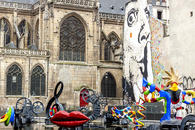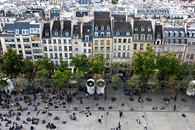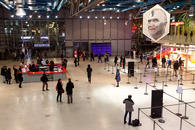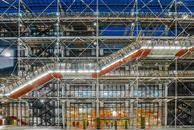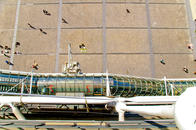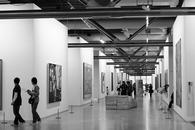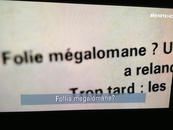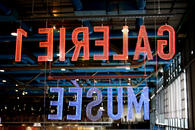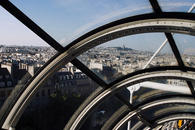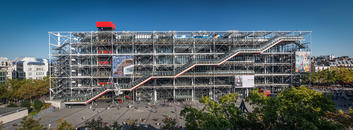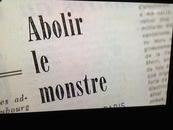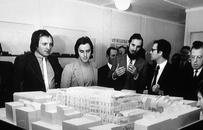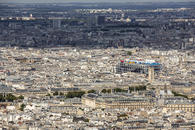Revisions
I already knew about the controversy surrounding the erection of a cultural center in the heart of Paris in the early 70s. At the very moment the French Republic revealed the nature of the project, 681 architects applied for the job. What I didn’t know, however, was that the proposals submitted to the 10 members of the jury were anonymous and that the jurors were the first to marvel at the visionary winning project: both Renzo Piano and Richard Rogers were unknown to the jurors. I also didn’t know that the two young architects were caught up in the maelstrom of fierce controversy triggered by the French public that didn’t agree to "see the old town defaced into a shabby refinery”, and that they were asked to review the aesthetics of the original project, by softening it or smoothing the rough edges.
I learned all of this recently thanks to a documentary on Sky Arte HD, in which the birth of Centre Pompidou was explained step-by-step, from the abhorred proposals to a place with nerve and representative of a new era. I was most curious about the revisions made to the original project, witnessed by the model presented to the public by the same architects. It’s a dramatic moment that exposes the surprising and unexpected weakness of two professionals that today are considered architectural geniuses. This "fateful moment" marked by the insult of the model impressed me. Sure, today that revision would be considered negation, a senseless abortion, because in the meantime the original version has entered the collective conscious. But it is undeniable to understand the ridiculous attempt to smooth out the rough edges, to make "cute" what in effect was conceptually designed as a "monstrum" (the appearance of a prodigy in contrast with the natural order). The documentary also noted how the hapless revision also brought problems of another nature: rival architects noticed the discrepancies between the winning project and what was taking shape. Some even threatened to file a lawsuit. When our heroes learned of the uproar, they decided to use it to they favor, demanding that the building be constructed in accordance with their original plan, in the face of the controversy and public rejection.
This episode got me to thinking just how many times, due to external pressures, I found myself pressured to revise well-designed projects against my will just to save them, for them to complete. How many times did I present two alternative proposals to then be asked to use a part of one and a part of the other? How many times have I been asked to add something, almost always without removing something, because simplicity is often puzzling? How many times have I been asked to smooth edges, soften contrasts? And so I found the story of the Pompidou somewhat encouraging. If it happened to two architectural giants, why shouldn’t it happen to a pygmy?
Traces of these hybrid projects remain in our portfolio. It might be better to remove them entirely rather than expose them to public ridicule. It is comforting to note, however, that over the years we have learned to collaborate more closely with the client at the beginning and during the developmental phase so that the final project is more will only need to be slightly retouched to further the sense of growth, beauty, and clean lines. In short, by the time the proposals and projects are formalized at Helvetika there is no need to negotiate ex post. It is a form of self-respect, but it is mainly a form of respect towards the success of the work and respect for the client. A message that is chewed upon over and over ends up being more mediocre, lewd, and not incisive .
Over the years, this dynamic has increased office morale. A job well done, complete, consistent, not disfigured, not chewed up, is in itself generous compensation. It makes you feel alive and awake. It makes you feel a unique harmony between the rhythm of his life and that of the world. When I think back to the times when I was able to enjoy, with my co-workers, the satisfaction a job well done, I think of happiness. And if it was not for happiness - perhaps because it is not of this world – they were still times that afforded me the opportunity to understand who we are just a little bit more, without shame. Which is a great thing.
16/06/2015 Filippo Maglione

